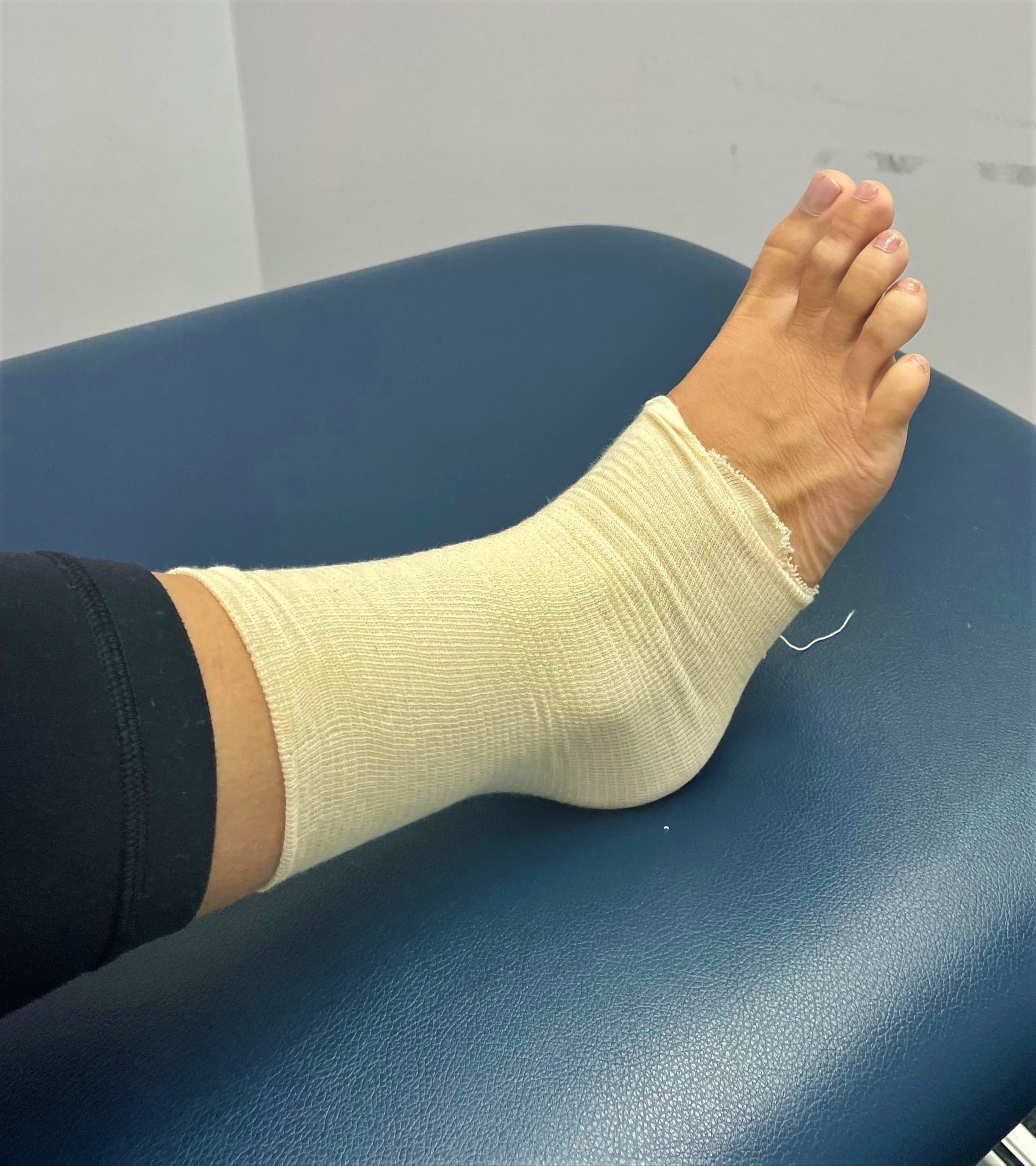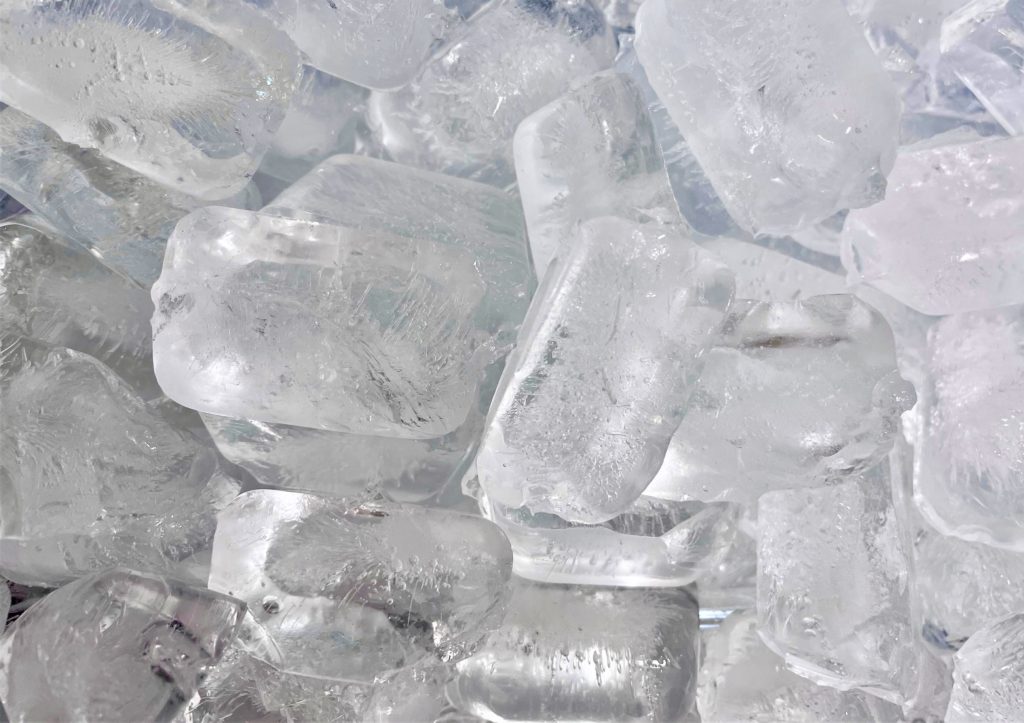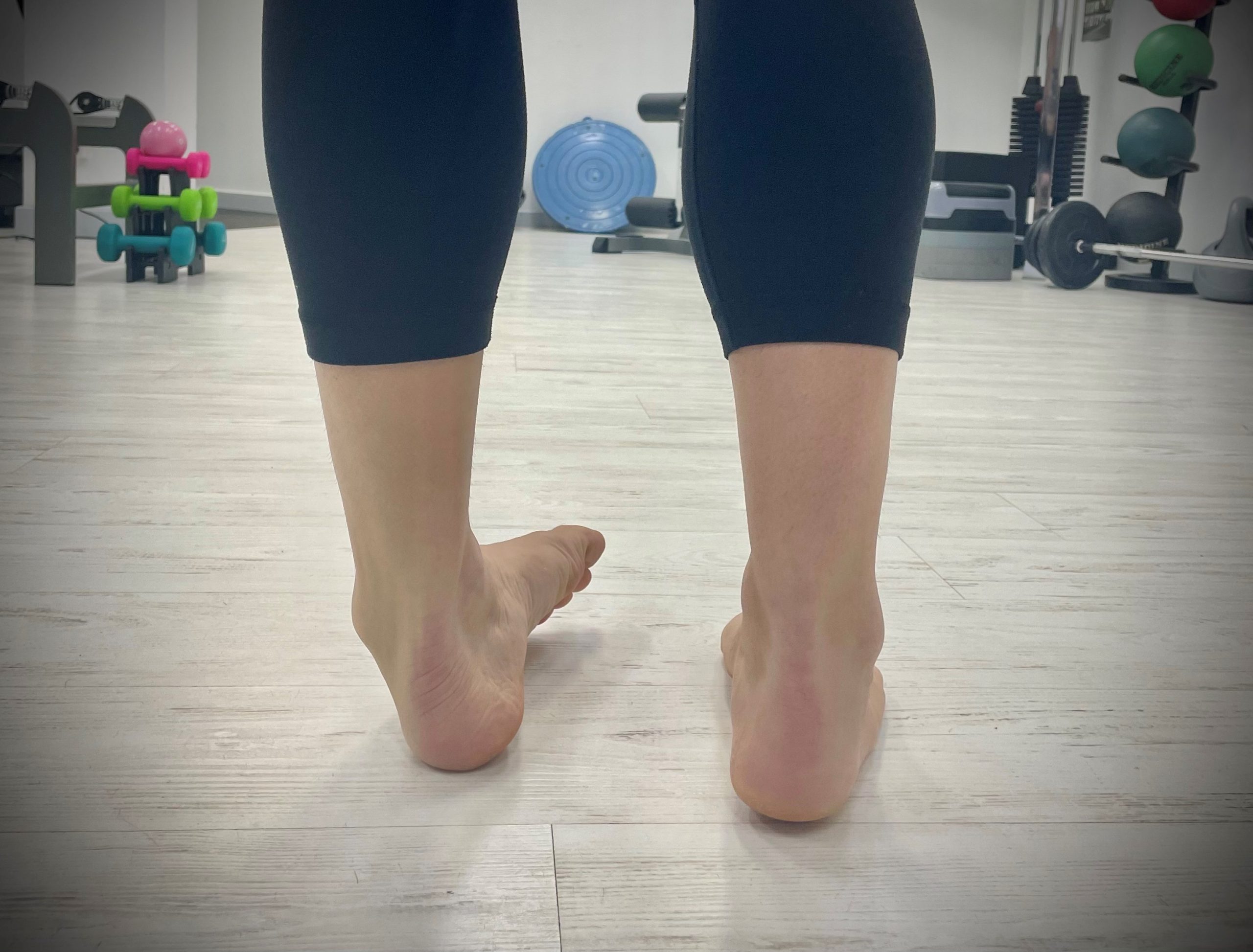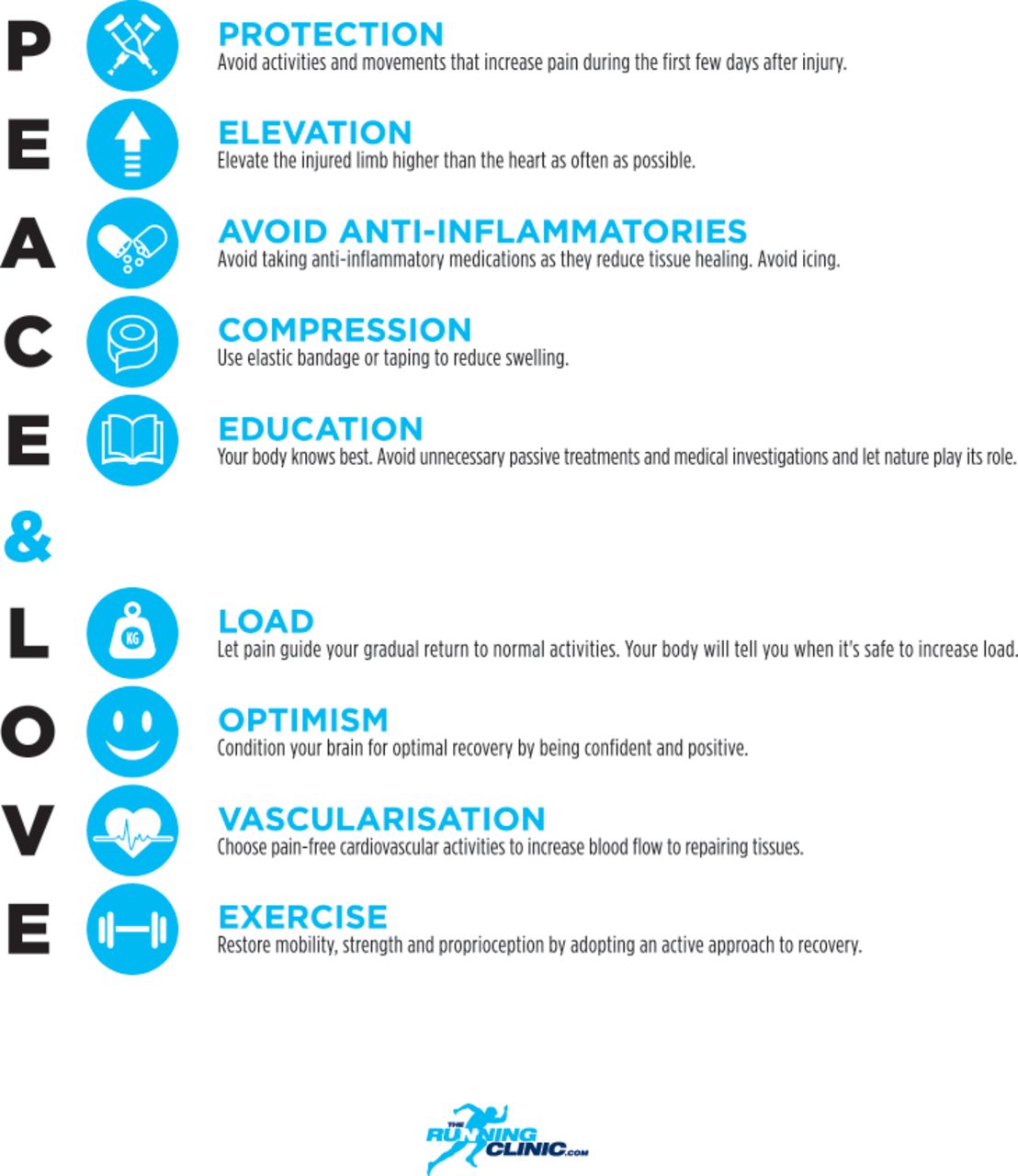By Stephanie Lock
We’ve all heard it before, to Rest, Ice, Compress and Elevate after a fresh injury. But is this still the best way to help ourselves recover quickly?
Surprisingly, in the 50 years since the rehab and sports world have been recommending ice as a first line of treatment for acute injuries no piece of published and peer reviewed research has shown definitively that ice is beneficial to the healing process.
Even more surprisingly in recent research, it shows the opposite. Ice delays healing, increases swelling and can cause more damage to healthy tissue surrounding your injury.
Let’s take a look at what exactly happens when you hurt yourself to better understand why this is…
Imagine you’re walking along; you stumble and twist your ankle and it’s PRETTY sore. Unfortunately, it’s a bad sprain and you have a tear in your ligament.
Your body’s first response is to send a lot of blood to the area to help it heal. This blood contains immune cells to immediately start helping to heal the damaged tissue and clear out any lose fragments of tissue from the ankle joint. This is essentially what inflammation is and it is a very important part of the body’s natural healing process.
When you use ice on a fresh injury, it constricts the small blood vessels and stops the delivery of this important healing blood flow to the injury site, delaying the healing process.
So, what should you do instead?
Out with RICE and in with PEACE
In the case of your ankle sprain, if it’s bad enough you might need to avoid walking for a few days to use some crutches to protect the injury and allow the initial stages of healing to occur. Physio taping to restrict the movement in a joint like a shoulder can be helpful and knee braces might be what’s needed to keep knees feeling good post sprain. Keep the Elevation and Compression from the old RICE days as they help to move swelling along and decrease pain.
Gentle and pain free movement helps to pump healing blood flow to the affected area. In the case of your ankle sprain this might be some ankle pumps up and down, or if you hurt your shoulder gentle pendula exercises will help to keep the joint moving and prevent it stiffening up through disuse, as well as to bring more blood to the area. This will also help to move any swelling away from the site of your injury, flushing away any damaged tissue which might have accumulated.
As things progress, with the help of your physio you can make sure you are optimally loading the injured body part to help it heal and get stronger, but without causing big flare ups of pain or re injuring the area.
So, to summarise, ice may be causing more harm than good in the initial stages of an injury. You need to keep the body part gently moving but rest from the higher levels of activity you were doing when you got the injury.
Inflammation has a bad reputation these days due to its role in chronic diseases such as diabetes and heart disease, but when it comes to acute short-term inflammation in a new injury, it’s actually your friend and we need to help it do its job.
References:
Duchesne E, Dufresne SS, Dumont NA. Impact of inflammation and anti-inflammatory modalities on skeletal muscle healing: from fundamental research to the clinic. Physical therapy. 2017 Aug 1;97(8):807-17.
Van den Bekerom MP, Struijs PA, Blankevoort L, Welling L, Van Dijk CN, Kerkhoffs GM. What is the evidence for rest, ice, compression, and elevation therapy in the treatment of ankle sprains in adults?. Journal of athletic training. 2012 Jul;47(4):435-43.
Singh DP, Barani Lonbani Z, Woodruff MA, Parker TJ, Steck R, Peake JM. Effects of topical icing on inflammation, angiogenesis, revascularization, and myofiber regeneration in skeletal muscle following contusion injury. Frontiers in physiology. 2017 Mar 7;8:93.





Comments are closed.